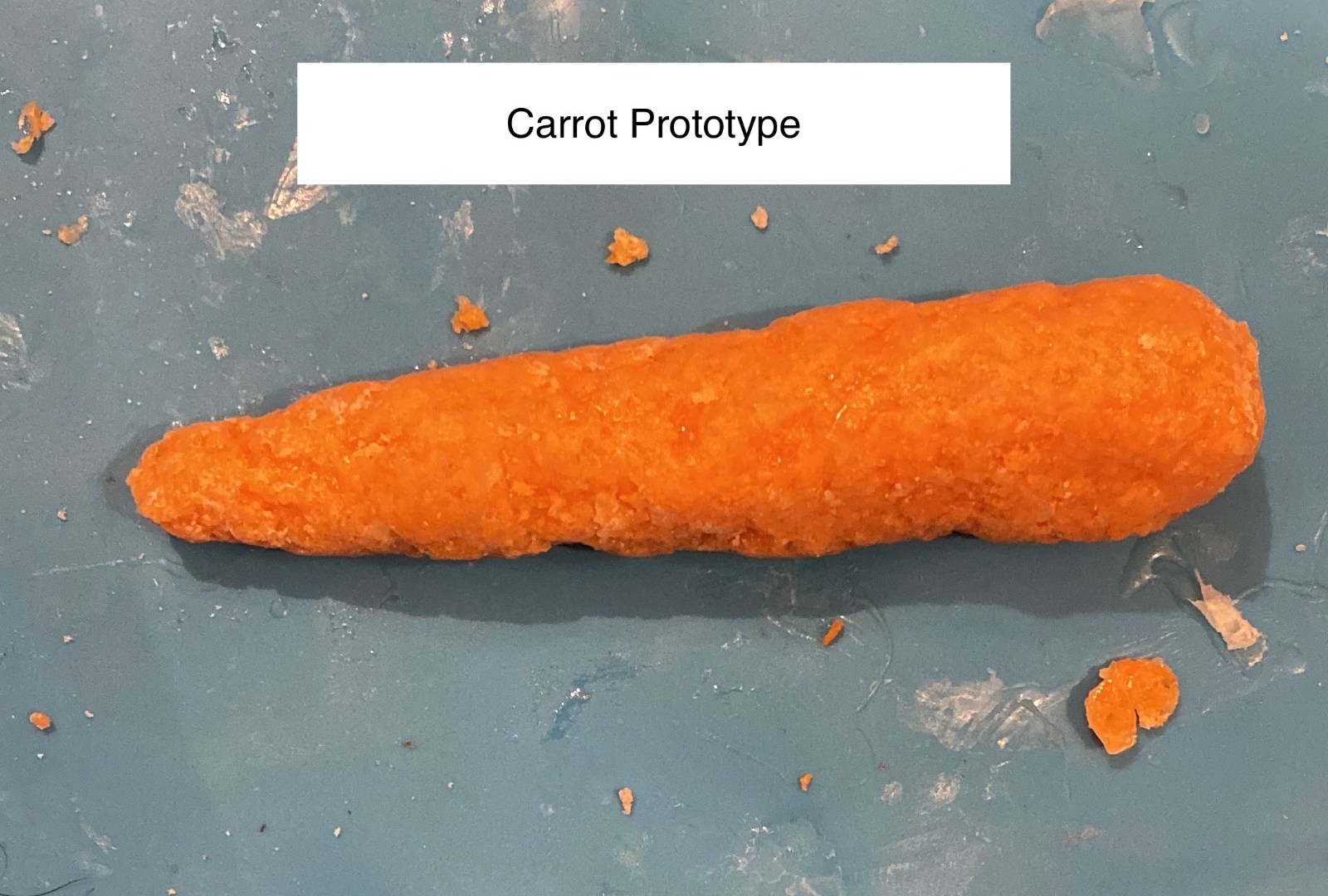I’m calling BS on this. Their “explanation” was “it uses ultraviolet light”. Then they say they can’t explain it because nobody can understand it. Even if it were possible to electronically manufacture vegetables, what would be the advantage? How much electricity, equipment, and raw material would it take compared to conventional farming? What are those raw materials, and what does it require to produce them?
The raw materials are carrots.
the real story here is machines that never require maintenance. What miracle technology for mechanics have they found?
I can’t wait for someone to invent meat-based plants to compliment the plant-based meats.
But it’s Arby’s so it’s inedible.
The meat carrot is just turkey meat in the shape of a carrot, covered in carrot flavoring made in part from carrot. Yes, one of the ingredients of “meat carrot” is actual carrots.
Username checks out.
How does it check out?
Just plant a ham tree.
Currently, 3kg (6.6lb) [of carrots cost] 15 riyals ($4.12). We can sell 3kg [of 3D-printed carrots] for 10 riyals ($2.75), only for carrots
Because, (Waves hands) 3d printed carrots. Molds are to costly, and take to much time to use.
Like the old timey chicken nuggets with brown meat.
Yeah they really buried the lede here. The big news is the claim that they can sell cultured carrot cells for cheaper than grown carrots. The 3D printing part is besides the point.
Also the carrot shape isn’t really ideal for cooking. Annoying to split into smaller pieces. If you have the freedom to print it in any shape then I’d take big blocks personally. Much easier to stack, store and cut into arbitrary shapes for cooking. Molds definitely seem like a better idea for mass production than slow 3D printing.
Using a process known as plant cell culture, cells from the vegetables are harvested and multiplied in sterile lab conditions. They are then used to create the UV-sensitive printer ink used in the machine. The cells can then be molded and printed in the shape of a carrot, or any shape preferred with the 3D printer
How long does the cell culture take? is it just a slush of food juice made solid or does it taste anything like the real thing.
Even aeroponics don’t taste like traditionally grown food, and they’re grown from real plants. So many questions
But it will help solve the food scarcity problems if it’s made accessible for all. I wish them all the best.
MBIC vegetables literally come out of the ground. They literally grow on trees. Why do you need a 3d printer when carrots have been coming out of the ground for thousands of years. Holy shit
They’re Qatar-based student, and vegetables does not come from ground or tree, but shipping container lol.
I think their idea is noble, but really, hydroponics and vertical farm could potentially scale better than cultivate plant cell and print it, and also a tried and tested method for idk millions of years.
I’ve seen the number of carrots you can get from a meter squared, I honestly felt like they never saw a vegetable patch in their life. Qatar? Well then…
hydroponics and vertical farm
Both take water. I’m guessing Qatar doesn’t have a whole lot of that.
Everything takes water, they have desalination plants for that. Hydroponic’s goal is both reduce water and land use.
deleted by creator
Growing plant cells in culture also requires water. Cells require water
deleted by creator
But imagine the possibilities, you could have square carrots, or diamond shaped carrots made out of non carrot material for science
Imagine fresh vegetables on a space mission.
It’s Qatar.
A place not fit for a mass human settlement.
It, like Phoenix, is a testament to mans hubris.
But how is its ass-feel?
Is it like shoving a real carrot into your anus?
Potentially squishy and possibly dangerous depending on your infill setting.
The good news is you could custom order them with a flared base.
“How do we communicate this without seeming like we’re crazy?”
I mean you’re 3d printing a carrot
This is where I thought the future was…
Fuck printing random bots of plastic. Causing more pollution.
Printing food. Add the components and it prints cakes layer by layer. Any food.
Add apple and print an apple. Print anything. Hopefully we get new research into printing meat layer by layer.
Food should be far cheaper than it is. Suppliers don’t want to flood the market as they need to get a set price for their commodity. Yet we have dairy farmers killing off steers that could be given to poor communities.
Same issue with everything. Food is not finite.











